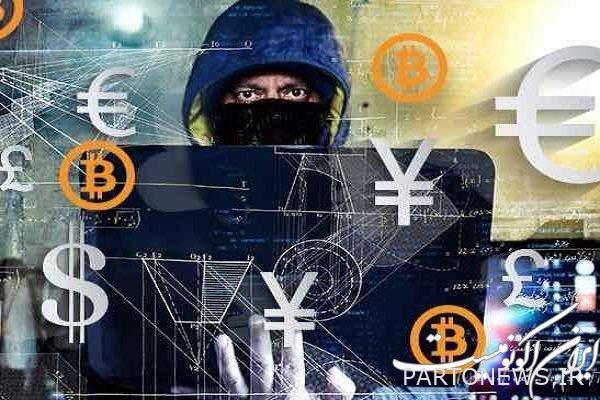Why is the central bank looking for a digital rial?

According to the report of Iran Economist, digital money is a phenomenon that came to the attention of central banks with the emergence of new technologies in the field of money and banking. This type of money, along with physical cash and reserves that banks keep in the central bank, is considered as the third form of central bank money in digital form, issued and direct debt of the central bank..
It was the year 2009 when the emergence of Bitcoin created a revolution in the field of crypto-assets and the use of the idea and technology of decentralized money. Crypto assets that were not created by government entities represent an entity on a digital, decentralized and transparent platform that uses cryptographic principles for consistency. Cryptocurrency can represent a virtual or real value and is therefore a type of digital financial asset that can also have some of the functions of money under certain conditions.
Central banks also turned to this direction to gain the benefits of these changes and increase the efficiency of payment systems, and research in this field began in 2014 and by the Bank of England. Currently, according to the latest BIS report based on a survey in 2021, 86% of central banks are actively researching central bank cryptocurrency, 60% are testing the technology, and 14% are deploying certain pilot projects. are in this field.
This type of money has advantages for central banks; The release of this type of money destroys the possibility of money creation. Also, the fields of creating and expanding the foundations of the digital economy and benefiting from its other benefits, including reducing the cost of producing and issuing banknotes and coins, reducing the cost of bank transactions, increasing the accuracy of support plans for vulnerable groups and various economic sectors, increasing transparency in exchanges and as a result Improves relevant supervision for central banks.
The emergence of this type of asset took place in the context of distributed ledger technology. This technology is basically a database based on the concept of decentralization, shared between different computers, creating a decentralized environment instead of a centralized entity. The design of such a structure causes users to stop depending on the central institution in charge of the database. This general concept led to the development of other technologies Blockchainfrom the famous the most It is them. Blockchain It is a method for storing and verifying interactions in a decentralized way, whose actors have full access to the records of interactions, but they cannot change them.
While decentralized payment solutions are becoming more widespread in the world; Over the past few years, semi-centralized solutions have been noticed by many as a new generation of products based on the block chain, the most important of which are the organizational block chain and the central bank’s digital money. Activists in the field of semi-centralized blockchain believe that it is possible to include some centralization in its products by limiting some features of the blockchain. In fact, the overall goal of the semi-centralized block chain is to take maximum advantage of the important advantages of the block chain technology with a degree of controlled centralization. In this context, it is possible to introduce central bank digital money as an exclusive electronic money issued by the central bank, which can be used for exchanges without intermediaries.
The Central Bank of the Islamic Republic of Iran, like other central banks in the world, has entered this path and has introduced the digital money phenomenon of the Central Bank, which is called “Digital Rial”, as one of the proposed semi-centralized solutions of the block chain. The development of “Digital Rial” can be a big step towards benefiting from the benefits of block chain technology in the field of payment.
Digital Rial is actually a banknote that is issued electronically by the central bank, and like all kinds of money in the country, it can be used to buy goods and services, transfer money, etc.
With the launch of Central Bank’s Digital Rial, the general public will be able to receive certain amounts of digital money and store them in their electronic wallets by converting their bank notes or deposits to digital Rials. After receiving and installing the digital Rial wallet, users can send and receive it securely individually.
Central Bank’s Digital Rial will be equivalent to the banknote after its release and sale, and it will be possible to buy, transfer, etc. Also, since its nature is exactly the same as the country’s current rial, therefore, each unit of digital rial is valued as one rial.
The benefits of this type of money for customers include instant transfer of funds without the need for settlement operations, instant receipt of funds in the business wallet, and much lower fees in normal fund transfers. Even transferring digital Rials from one personal digital Rial wallet to another personal digital Rial wallet without providing other services does not require payment of fees. It is also possible to convert one digital rial to other types of currency, including banknotes.
The Central Bank’s Digital Rial release regulations were approved by the Money and Credit Council in January 1400, and the implementation of this plan will begin on a trial basis from September.
Note from Mohammad Shahabi

